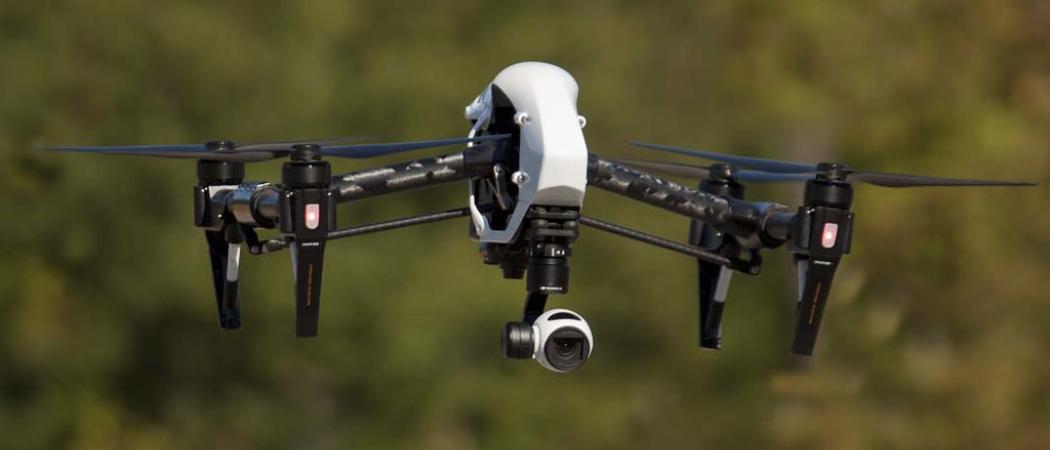The European Commision is also looking at how dual use research is handled in other parts of the world

Photo credits: Anne Davis 773 / Flickr
The EU should integrate dual-use research in FP10, the next Framework programme for research and innovation, and align it with the European Defence Fund, a new report but the European Commission’s expert group on the economic and societal impact of research and innovation (ESIR).
“The EU should adopt a ‘dual use by design’ approach as a vital pillar for ensuring Europe’s security, competitiveness and prosperity,” the report says. “The persistent division between civilian and defence R&I is leading to a loss of competitive advantages in emerging technologies.”
The report suggests that, by pooling resources and leveraging synergies between civilian and military research, the EU could foster new innovations more easily and faster.
“In a rapidly evolving geopolitical landscape, the ability to coordinate, invest in and regulate dual-use R&D is essential for strategic autonomy,” the report says, while tightly connecting civilian and military programmes would “optimise the use of scarce resources.”
Commission President Ursula Von der Leyen recently said that the EU must “build more bridges” between civilian and military domains, suggesting that she intends to implement a dual-use approach across EU programme.
Last month, Manuel Aleixo, a member of EU research Commissioner Ekaterina Zaharieva’s cabinet said that “we should look into how the civilian and European defence research programmes interact better.”
Over its 40 years of existence, the EU Framework Programme for research and innovation has been focusing on civilian projects, but increasing geopolitical pressure, notably Russia’s invasion of Ukraine, have prompted the EU to think how to improve its military capabilities and develop new technologies that could help the bloc deal with hybrid threats, but also in direct combat.
“Dual-use research could have profound social consequences, generating both positive advancements and potential negative repercussions that must be carefully managed through ethical governance actions,” the report says. Furthermore, “the boundary between military and non-military operations has become increasingly porous,” the experts say.
Related articles:
- Von der Leyen reaffirms dual use R&D plans ahead of EU budget proposal
- Commission seeks links between civil and military research funds
An additional Commission report report, authored by experts from civil and defence R&I communities, looks at how a range of countries have been able to successfully promote dual-use research and how they mitigated risks such as export controls.
According to the report, countries like Japan have shown that dual-use research systems are “not incompatible with defensive-only or pacifist stances”, while countries like the US and Israle have shown that simpler regulations and temporary exemptions could contirbute to the earlier adoption of new technologies. Finally, participation of foreign entities and researchers in dual-use research should be “somewhat limited by safeguards.”
Several funding systems analysed by the Commission report include mechanisms that support the cross-fertilisation of civilian and military research. China has a “military-civilian fusion” model, Japan is actively scouting start-ups, while South Korea is checking the civilian market for possible solutions to military challenges.





 A unique international forum for public research organisations and companies to connect their external engagement with strategic interests around their R&D system.
A unique international forum for public research organisations and companies to connect their external engagement with strategic interests around their R&D system.